
April 15, 2012
 FFF Results Post #290—Accentuate The Positive
FFF Results Post #290—Accentuate The Positive

On Friday,
CR readers were asked to "Make Five, Matter-Of-Fact Statements About Comics Right Now." This is how they responded.
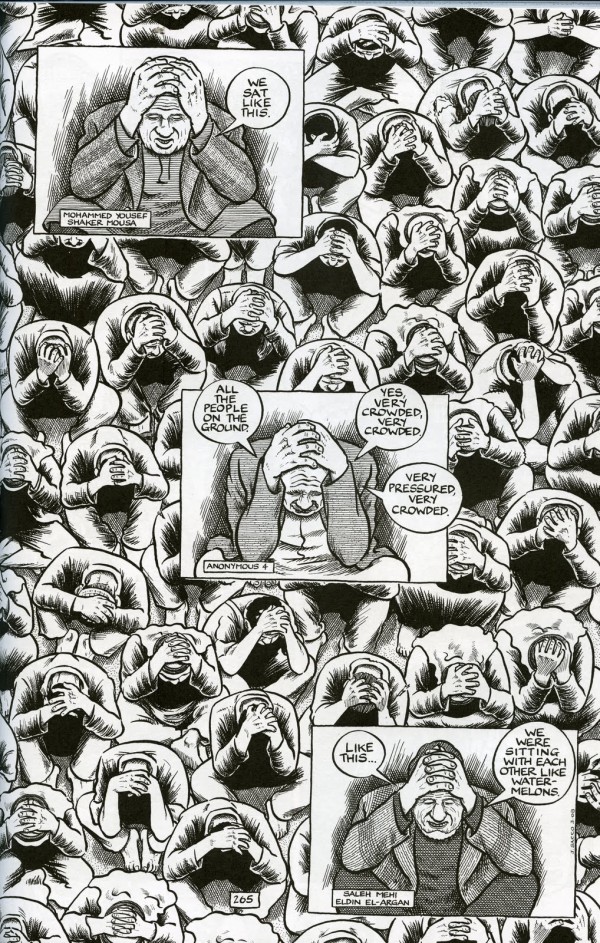 Tom Spurgeon
Tom Spurgeon
1.
Cul-De-Sac has settled in after arriving out of left field and will survive as long as its creator has the ability to make it: a great newspaper strip at a point in history a lot of folks thought we were done with great, new newspaper strips.
2. We have a surprisingly high number of healthy comics conventions and festivals in North America.
3. Despite several indicators in the mid-1990s that this might not be so, Joe Sacco makes comics as his primary vocational pursuit.
4. The memory and legacy of Jack Kirby has grown since his death.
5. Fantagraphics has major book publishing deals featuring Charles Schulz, the EC creators and Carl Barks.
*****
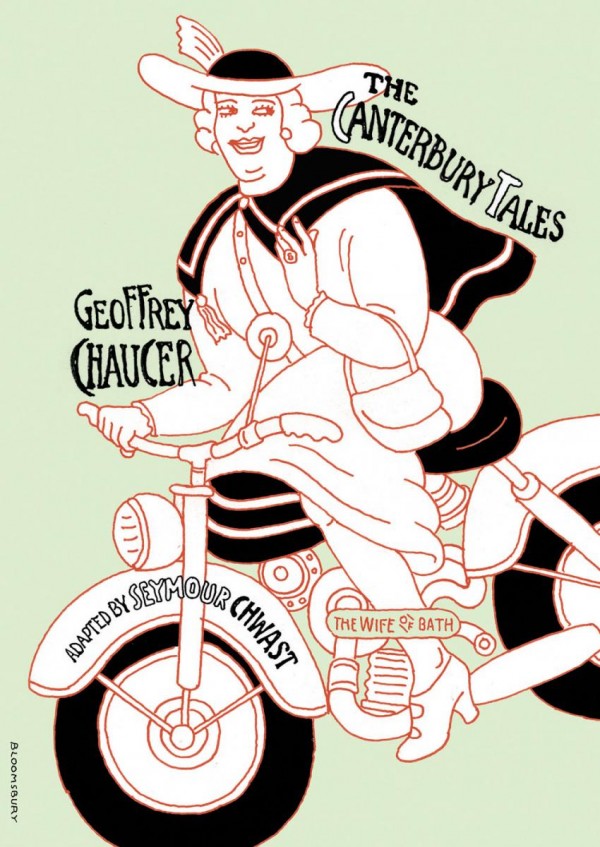 Michael Dooley
Michael Dooley
1. Seymour Chwast published his first graphic novel in 2010, when he was 79 years old, and is currently working on his third.
2. Siglio is scheduled to publish
O! Tricky Cad and Other Jessoterica in November.
3. If texts and images, unified interdependently and arranged consecutively to form sequential narratives, can be considered comics then Caroline Preston's new book,
The Scrapbook of Frankie Pratt can be considered a graphic novel.
4. The radical PM Press is scheduled to publish
Anarchy Comics: the Complete Collection and
Paths Toward Utopia: Graphic Explorations of Everyday Anarchism this year.
5. Chip Kidd's Dark Knight fetish continues unabated.
*****
 Mike Baehr
Mike Baehr
1: Crowdfunding such as Kickstarter is providing a conduit between artists and their supporters, enabling artists to pursue their creativity and engage in potentially risky projects that wouldn't otherwise be possible (e.g. Zak Sally's self-printed
Sammy the Mouse)
2: The galaxy of small-press publishers continues to expand, and the legacy of Dylan Williams seems to be a catalyzing factor in this
3: Fantagraphics has expanded its publishing slate and increased its full-time staff with significant new additions
4: Comics continues to be recognized for its contribution to the culture at large via plaudits such as Alison Bechdel winning a Guggenheim Fellowship, Jim Woodring winning a Stranger Genius award in Literature, a Graphic Novels category in the L.A. Times Book Prizes, etc.
5: It's the Golden Age of Archival Reprints, yo -- significant bodies of work are being and have been restored and preserved and are readily available, and best of all they are finding new audiences
*****
 Eric Newsom
Eric Newsom
1. Cinebook does a nice job reprinting decent European genre books that I otherwise might not have seen in English, and seem to get little recognition for doing it.
2. Maybe it's just me, but publishers seem to be working effectively toward the "More Crap Is What We Need" model in recent years.
3. The internet, for better or worse, shortens distance between creators and consumers, and it's interesting to watch both sides accept, test, exploit and make use of the thinner barriers.
4. Social media allow for public grievances that reveal some of the realities of comic creation as a job, but also serve as a great way to experience the artistic process and the joy of creation.
5. Solid comic criticism is happening on blogs and websites, but even more is at conferences and in journals that, sadly, have short reach or influence outside of academia (in some frustrating ways, academia is as behind on going digital as comics).
*****
 Danny Ceballos
Danny Ceballos
1. It's a great time to want to learn from professionals how to make comics: besides CCS and SAW, you could also study with Lynda Barry and Frank Santoro.
2. At 84 years of age, Steve Ditko continues making eye-popping and thought-provoking work that is entirely creator owned.
3. John Porcellino's
King-Cat Comics & Stories is three issues shy of its 75th issue.
4. Female cartoonists are making some of the best work you can read today: Gabrielle Bell, Kelly Froh, Melissa Mendes, Lilli Carre, Vanessa Davis, Lisa Hanawalt, etc.
5. Comics is still one of the few art forms in which you can readily communicate in a meaningful way with most of its major artists (just try getting a commissioned artwork, let alone an email reply, from Martin Scorsese, Lady Gaga or Jeff Koons).
*****
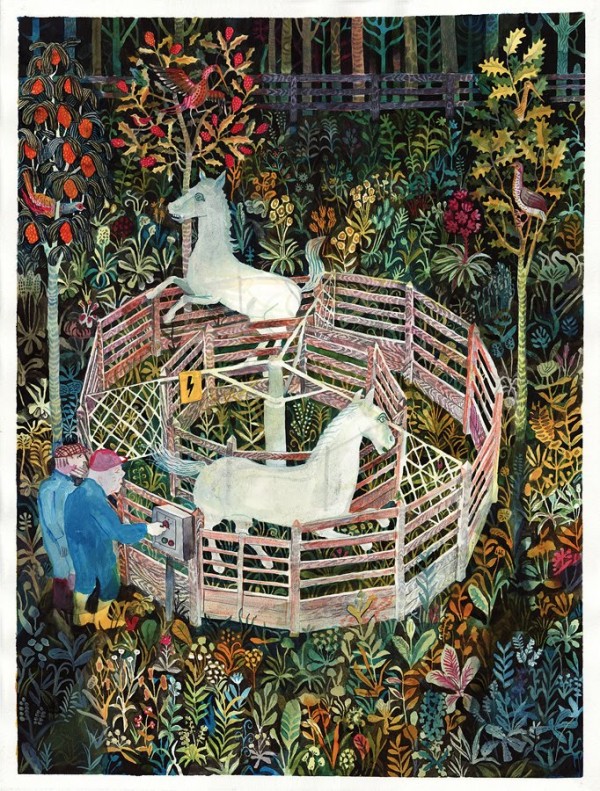 Art Baxter
Art Baxter
1. The Hernandez Brothers are still producing stunningly great comics after 30 years at the drawing board.
2. New guys like Luke Pearson, Michael Deforge and Brecht Evens can still knock me out.
3. Translations of beautiful work by Italian artists like, Lorenzo Mattotti, Igort and Gabriella Giandelli and outrageous Japanese manga by Yoshihiro Tatsumi, Kazuo Umezu and Kazuchi Hanawa, that I never dreamed I'd ever read in English.
4. Right
on, Alan Moore!
5. The Philadelphia comics scene has exploded over the past four years largely due to the Philly Comix Jam with the Jam serving as a meeting place for the seasoned pro and the neophyte to mingle and where collective projects are conceived.
*****
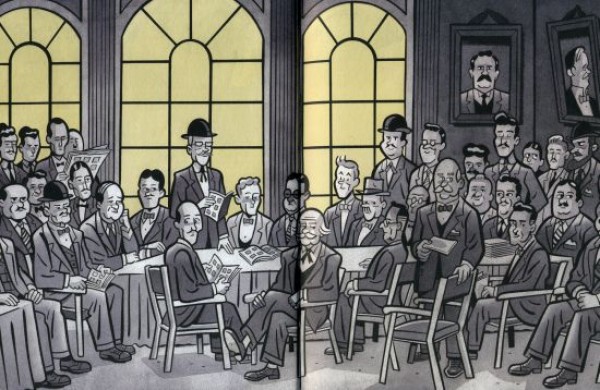 Kiel Phegley
Kiel Phegley
1. Issues of creator's rights are openly discussed and promoted across the industry, and a wide range of talents who currently or have previously made their living in work for hire launch new creator-owned comics every month.
2. After years calling most of their plays from the same, photocopied-17-times book, Marvel and DC actually seem to be taking different approaches to their publishing lines and are competing for readers as a result.
3. For the first time maybe ever, the major art comix publishers have a variety of marketplaces through which to ply their wares and don't have to rely on the Direct Market/public pleas for last minute sales support/pornography projects to stay solvent.
4. There's a huge variety of outlets featuring writing about comics, many of which support full time staff, and nearly all of which hold a unique editorial point of view and style of their own.
5. Not only has a straight up murderer's row of the great cartoonists and comic makers of the last three decades released major works within the past twelve months (Los Bros, Clowes, Moore, Woodring, Seth, Brown, Burns, etc) and not only does that same group have another wave of projects right around the corner,
but there's also a very large community of young creators making scads of interesting comics left and right, many of whom have been working in the field less than five years and are making most of us look really shitty at our jobs in comparison.
*****
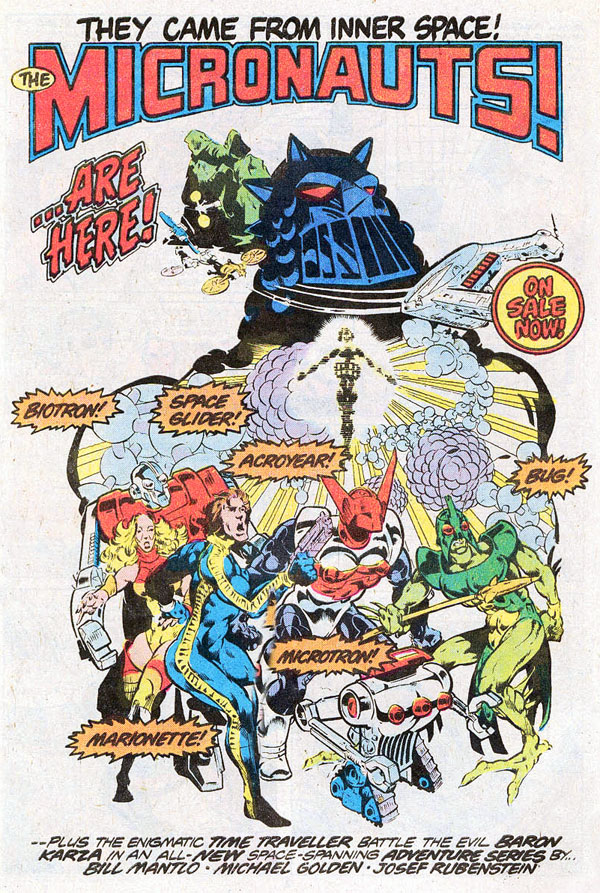 Niel Jacoby
Niel Jacoby
* Sergio Aragones has an ongoing title where he is allowed to just do whatever he wants.
* The DC reboot has included an effort, even if it is a somewhat shallow effort, to expand their selection of genres.
* The recent archival boom has increased awareness of a good amount of creators who were underappreciated in their day.
* Image has become a sort of haven for creator-owned projects, and is actively trying to increase the awareness of the importance of creators.
* The internet has allowed us to find and curate information on even the most obscure of comics, and even allows perusal in the modern day of the kind of thing that will likely never see reprint (
ROM,
Micronauts, etc.) without the vagaries of print mediums complicating the aquisition thereof.
*****
 Justin J. Major
Justin J. Major
1. More people have are familiar with Jack Kirby's creations than at any time in human history.
2. Web comics have lowered the cost of creators finding readers for their comics.
3. The internet has made comics relatively easy for kids out in the sticks to acquire.
4. I didn't encounter even a single unshowered attendee at C2E2 (but it's only Friday).
5. We'll always have "The Great Outdoor Fight."
*****
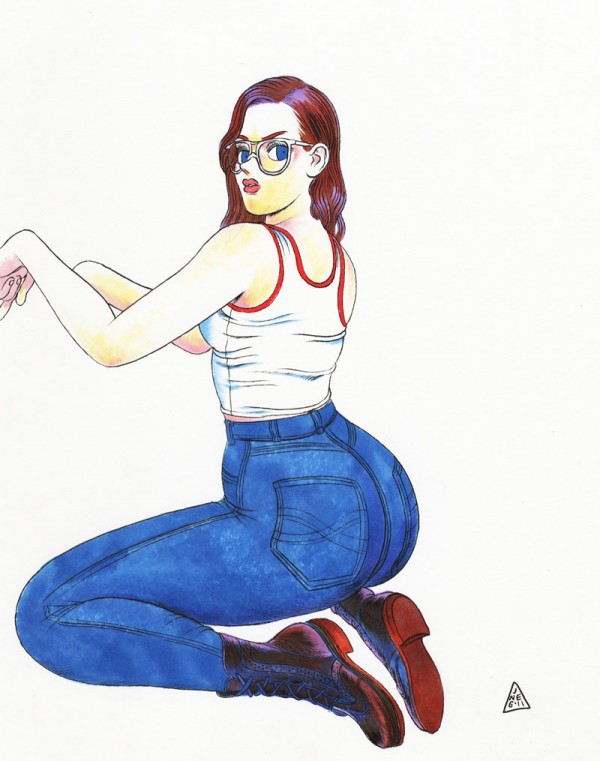 Sean T. Collins
Sean T. Collins
1. At this point I feel comfortable saying that the internet has provided at least as durable and viable a forum for getting new work by growing alternative cartoonists in front of a wide audience on a regular basis as did the late, lamented Alternative Comic Book format. A couple weeks ago I realized that this is now how I consume the bulk of my comics, and this is quite aside from "webcomics" as traditionally identified.
2. Comics' culture of complaint may not get us very far, but lately we've at least been complaining about the right things: representation of women and non-white people both on the pages and behind them at the big two companies; the rights of comics journalists to be afforded freedom of the press even when covering things local authorities oppose or in ways those authorities dislike; acknowledgement that popular titles and characters were the creations of individuals and objecting when the companies benefiting from those creations dismiss or abuse those creators; calling on organizations that purport to honor the best in comics to explain why they've failed to do so by broad consensus standards; et cetera. I've seen way more complaining about these worthy targets of complaint than "Wolverine would never say that!" or "Chris Ware is boring" lately, and while I'd be happier if we didn't have to complain about these worthy targets at all, at least we've got our heads on straight.
3. There are more excellent colorists working for the companies whose comics appear at the front of the Previews catalog now than I can ever remember before, and people are discussing their contributions to the comics they work on as vital. Dean White and Bettie Breitweiser, for example, are now talked about the same way Dave Stewart's been talked about (justifiably) for years.
4. I like sex and horror in my alternative comics, and there's a bumper crop of both right now, often at the same time.
5. I could name three or four or maybe even more conventions held up as an ideal interaction with the art form and its participants by people I personally respect: BCGF, TCAF, SPX, ECCC... Just one would be a fantastic boon.
*****
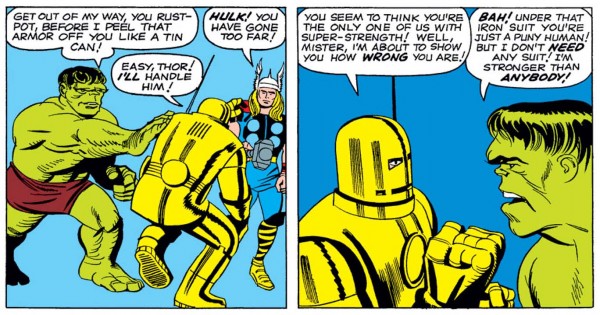 Buzz Dixon
Buzz Dixon
1. Newspaper comic strip editors & syndicates no longer give a flyin' @#%& -- you can get anything past 'em nowadays!
2. The crappiest comic book based movie will be seen by more people than read the top ten best selling comics. A lot more people.
3. Like the stegosaur in the original
King Kong, comics print publishing is dead but the tail doesn't know it yet.
4. Nothing is so obscure it won't have at least one fan who can't live without it.
5. If every fan of Jack Kirby's Marvel comics would just put off seeing
The Avengers for 72 hours -- opening weekend -- it would make the Mouse crap in his bright red shorts.
*****
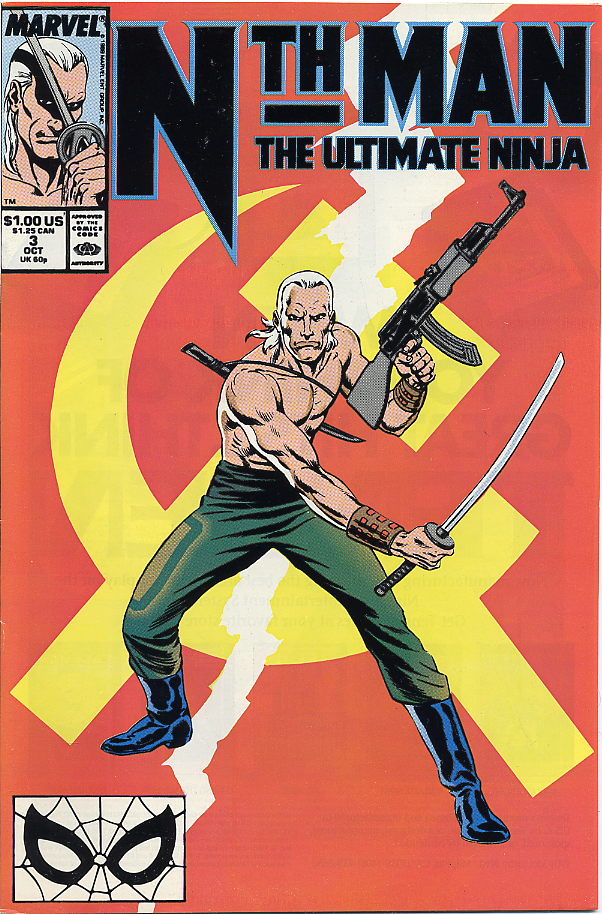 Chris Duffy
Chris Duffy
1. There's a somewhat healthy mix of genres in comics shops, despite predictions that it would all be superheroes by now.
2. Graphic novels for kids are a growing category.
3. You can buy a full run of Marvel's non-Marvel Universe 80s series
The Nth Man, featuring stories by Larry Hama, art by John Wagner and Fred Fredericks, and coloring by Mark Chiarello on ebay for $15
4. My regional library system has 8,992 graphic novels in circulation.
5. I believe this Free Comic Book Day thing successfully attracts customers.
*****
 Jamie Coville
Jamie Coville
1. Comics have what appears to be a permanent foothold in bookstores, Libraries and online.
2. New creator(s) owned Image books are consistently selling better than expected.
3. There a significant number of publishers that are successfully selling kids or YA oriented graphic novels, which means kids are reading comics again.
4. Via Kickstarter, creators has a chance to publish books that might not be published otherwise.
5. A new crop of better researchers of comic history has greatly expand our knowledge or demolish old assumed truths.
*****
 M. Emery
M. Emery
1. Australasia has more conventions than ever with over a dozen large events and several smaller ones annually.
2. Publishing english translations of European, Japanese and other non-english comics is at an unprecedented high. If we could just get someone to publish translations of the really nasty mexican and italian stuff...
3. The IDW Artist's Editions have allowed budget minded art collectors and comics fans in general to experience some amazing works up close.
4. Crowd funding has become a viable source for artists to earn income.
5. Several australian comics publishers have established themselves in the last several years, expanding the previous scant options available to local creators.
*****
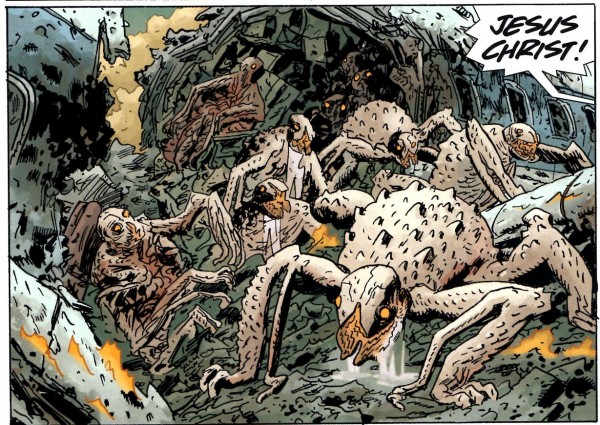 David Brothers
David Brothers
1. I have easy access to thousands of pages of translated and untranslated Japanese comics by simply walking four blocks from my house.
2. Writers like Jeff Parker and Zeb Wells have carved out their own idiosyncratic niche at Marvel and continue to produce new works that are geared more or less exactly to my tastes.
3. My iPad can hold hundreds of comics, giving me access to an absurd amount of entertainment when I'm on the go.
4. I've just finally discovered George Herriman in the past year, and can buy and devour a large subsection of his work with ease, despite it being nearly 100 years old.
5.
BPRD and
Hellboy prove that you can do ongoing adventure comics that hit like thunder and lightning with every new arc.
*****
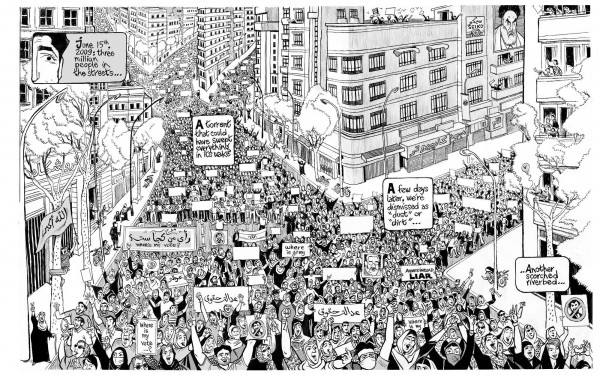 Sean Kleefeld
Sean Kleefeld
1. Quite a number of creators are earning a living making webcomics
2. We're able to read long-form socio-political comics like
Zahra's Paradise and
The Revolution Will Be Televised in about as real-time as one can get with the medium
3. There's an industry award named after Bill Finger
4. Avenues like print-on-demand and Kickstarter make self-publishing not only viable but able to reach a geographically diverse audience
5. With each new set of mainstream media articles, there are fewer and fewer that include "Pow! Zap! Smash!" in the headline
*****
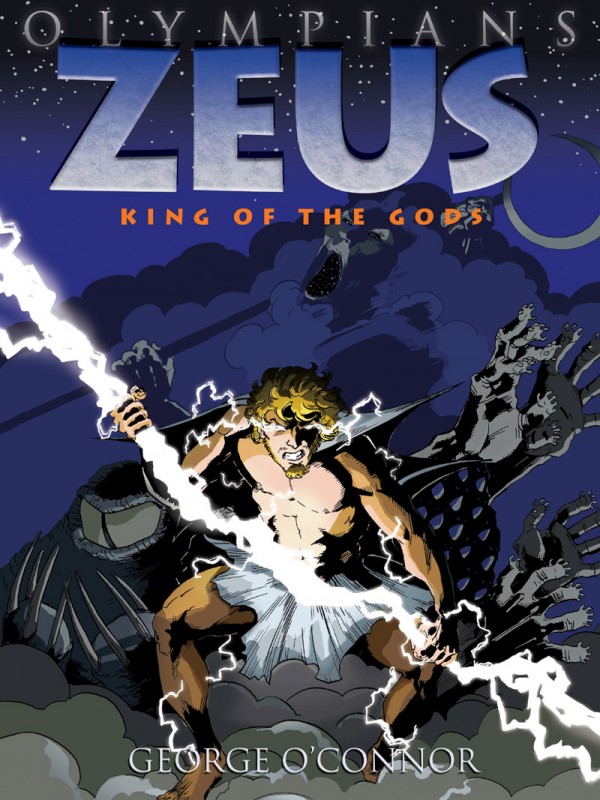 Stergios Botzakis
Stergios Botzakis
1. Publishers like First Second and Scholastic are emphasizing quality graphic novels (like
Bone, George O'Connor's
Olympian series, or
Ghostopolis) that children can readily find in schools
2. Social media sites like Twitter and Facebook allow for more immediate personal interactions with comics creators
3. New publications from people like Dan Clowes, Peter Bagge, or Art Spiegelman are routinely and unironically reviewed by major book review venues like
The New York Times
4. The internet provides a space where creators like Chris Onstad or Kate Beaton can not only find audiences but profit from their webcomics
5. We have a relatively strong, stable group of publishers such as Top Shelf, Fantagraphics, Dark Horse, and Drawn & Quarterly actively endeavoring to introduce new creators as well as provide us with quality comics archives
*****
 Mark Coale
Mark Coale
1. Digital comics allow collections of books to reside on a hard drive, not slogging up a spare room or basement.
2. Social media allows for interaction with creators and fans, for better or worse.
3. Growth of local conventions around country being able to avoid claustrophobic mega cons.
4. Ability of small publishers to stay alive in trending downward market.
5. New
Dr. Who comics
*****
*****
posted 12:05 am PST |
Permalink
Daily Blog Archives
November 2019
October 2019
September 2019
August 2019
July 2019
Full Archives


